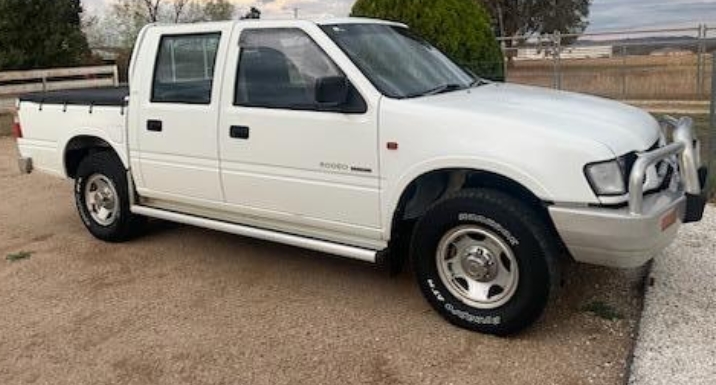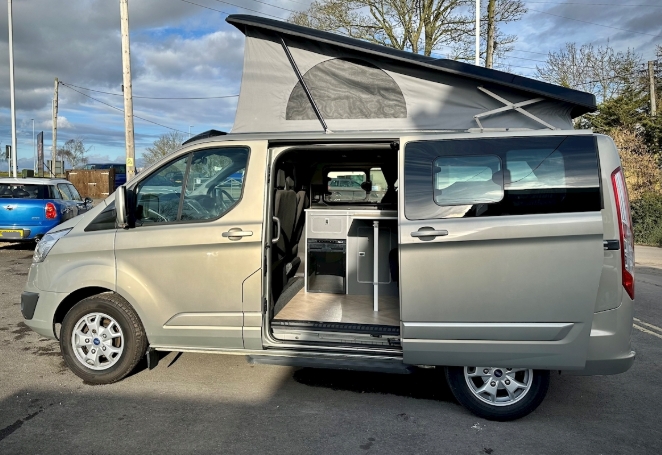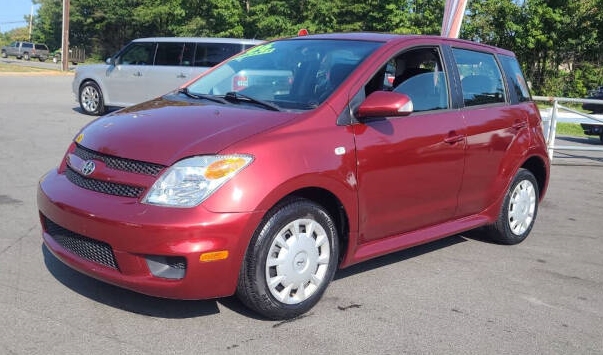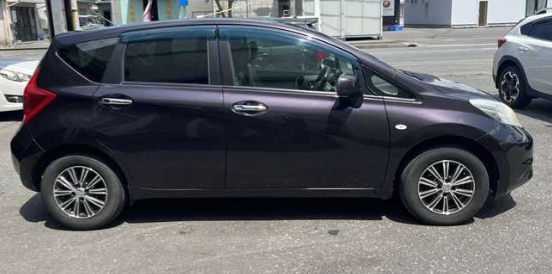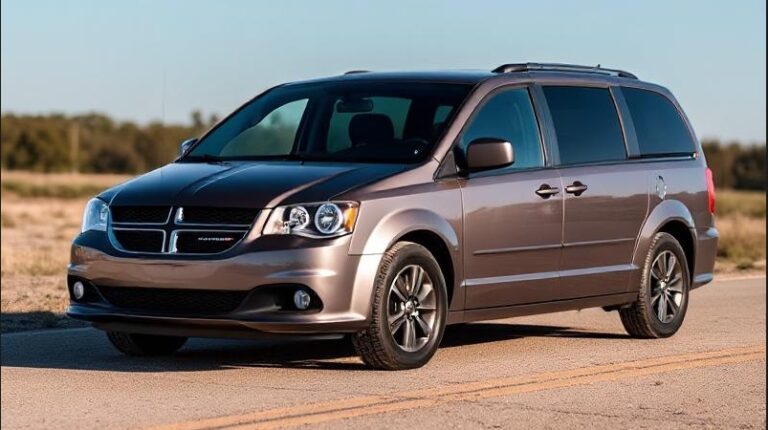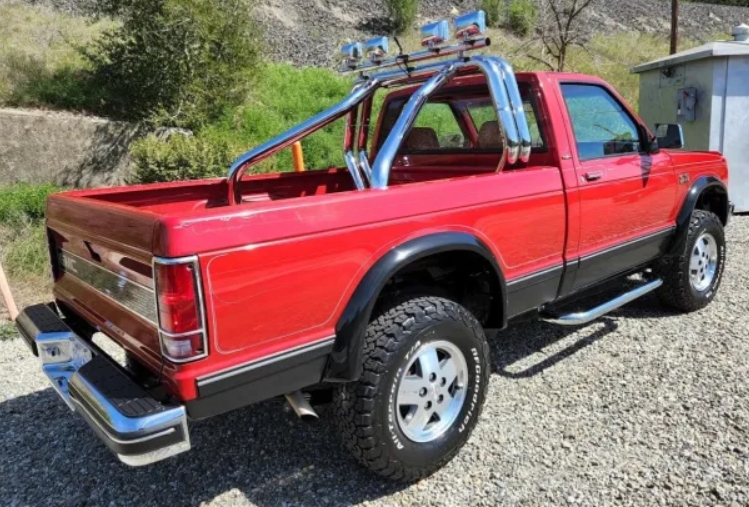The Unbreakable Workhorse: The Evolution of the Holden Rodeo
In the rugged landscape of Australian automotive history, few names resonate with the same blend of worksite toughness and weekend adventure as the Holden Rodeo. For nearly three decades, this humble utility vehicle was a ubiquitous sight, from bustling city construction sites to dusty outback tracks. It wasn’t a product of Holden’s own design, but rather a masterstroke of badge-engineering that brought a world-class Isuzu pickup to Australian shores under the beloved Lion badge. Its story is one of gradual evolution, relentless reliability, and its pivotal role in shaping the dual-cab ute market we know today.
The First Generation: The KB Series (1980-1988)
The Rodeo story begins not with a Rodeo, but with the Holden LUV (Light Utility Vehicle). In 1972, riding the wave of General Motors’ partnership with Isuzu, Holden began importing the first-generation Isuzu KB utility, badging it as the Holden LUV. It was a simple, compact, and incredibly durable little truck that quickly found favour.
By November 1980, the second-generation Isuzu KB platform arrived in Australia, and with it, a new name: the Holden Rodeo. The KB Rodeo, designated Series 1, marked the official birth of the legacy. It was a significant step up from the LUV, with a more modern, squared-off design and a more accommodating cabin.
Initially, the lineup was straightforward, focused purely on utility.
Models and Drivetrains: Available in 2-door Single Cab chassis and pickup (ute tub) forms. Buyers had the choice of rear-wheel drive (4×2) or a robust part-time four-wheel drive (4×4) system with a two-speed transfer case.
Trim Levels: The trim structure was simple, with an unbadged base model and a slightly more appointed LS model on some variants. The focus was on function over frills, with vinyl flooring, basic instrumentation, and steel wheels being the standard fare.
Engines: The KB Rodeo launched with a choice of two petrol engines: a 1.6-litre and a larger 2.0-litre four-cylinder. The real star, however, was the Isuzu-sourced 2.2-litre diesel four-cylinder (C223). This engine, while not powerful, was legendarily reliable and incredibly frugal, cementing the Rodeo’s reputation as a dependable workhorse.
Over its eight-year production run, the KB series saw minor cosmetic updates, primarily to the grille and headlights, and gradual interior improvements. It was a tough, no-nonsense vehicle that laid the foundation for everything that was to come.
The Icon: The Second Generation TF Series (1988-2003)
In 1988, Holden introduced the second-generation Rodeo, the TF series. This would become the most recognisable and long-lived generation, defining the Rodeo for a generation of Australians. The TF featured a completely new, more aerodynamic and modern body. Its rounded edges were a stark contrast to the boxy KB, and it grew in size, offering more cabin space and payload capacity. The TF’s 15-year lifespan can be broken down into three distinct phases.
Phase 1: The Original TF (1988–1997)
The launch of the TF series expanded the Rodeo’s appeal beyond just the worksite.
Models and Drivetrains: The lineup grew significantly. In addition to the Single Cab, Holden introduced the Space Cab (an extended single cab with small storage space behind the seats) and, crucially, the four-door Crew Cab. This was a game-changer, turning the Rodeo from a pure commercial vehicle into a viable family and lifestyle vehicle. Both 4×2 and 4×4 options continued across the range.
Trim Levels: A more defined trim structure emerged:
DX: The base workhorse model, featuring steel wheels, vinyl trim, and minimal standard equipment.
LX: The mid-range model that became the volume seller. It added features like carpet, better cloth seat trim, a tachometer, and often, air conditioning as a popular option.
Engines: The engine lineup was thoroughly updated. A new 2.6-litre fuel-injected four-cylinder petrol engine (4ZE1) became the mainstream petrol option, offering a significant power boost. The diesel offering was also upgraded to the now-legendary 2.8-litre turbocharged four-cylinder (4JB1-T). This engine was the heart and soul of the 4×4 Rodeo’s reputation, lauded for its low-down torque and near-indestructible nature. A non-turbo 2.5-litre diesel was also available in base 4×2 models.
Phase 2: The R9 Facelift and the Arrival of the V6 (1997–2001)
In 1997, the TF received its first major facelift, commonly known among enthusiasts as the R9 series. The front-end was restyled with a more modern, curved grille and new headlights. Inside, the dashboard and trims were updated. But the biggest news was under the bonnet.
Models and Trim Levels: The core lineup of DX and LX in Single, Space, and Crew Cab configurations continued. Topping the range, a new flagship model was introduced:
LT: The premium trim level, aimed squarely at the emerging “lifestyle ute” market. The LT featured alloy wheels, two-tone paint, chrome exterior highlights, power windows, and more luxurious interior appointments.
Engines: The headline change was the introduction of a 3.2-litre V6 petrol engine. Sourced from Isuzu, this engine provided smooth power delivery and significantly improved performance, making the Rodeo a more capable highway cruiser and tow vehicle. The 2.8-litre turbo-diesel and 2.6-litre four-cylinder petrol were carried over, though the latter was soon replaced by a smaller, more modern 2.2-litre petrol engine in base models.
Phase 3: The Final TF Update (2001–2003)
From late 2001, the TF received a final, minor cosmetic update. This involved another new grille design, clear indicator lenses, and updated badging to keep it looking fresh in its final years. The model and engine lineup remained largely the same as the R9 series, with the DX, LX, and LT trims continuing to cater to all ends of the market until the all-new model arrived.
The Modern Era: The Third Generation RA Series (2003-2008)
In March 2003, Holden launched the third-generation Rodeo, the RA series. It was a complete departure from the TF, built on an all-new, stronger ladder-frame chassis and wrapped in a bigger, bolder, and more muscular body. The RA was designed to be more car-like to drive, with improved ride comfort, handling, and a much more modern and spacious interior.
Phase 1: The Initial RA (2003–2006)
The RA launched with a powerful new suite of engines and a clear focus on safety and refinement.
Models and Drivetrains: The successful Single Cab, Space Cab, and Crew Cab body styles continued in both 4×2 and 4×4. The 4×4 models featured a new “push-button” 4WD engagement system, moving away from the old-school manual lever.
Trim Levels: The established DX, LX, and LT hierarchy was maintained:
DX: Remained the entry-level work-spec model.
LX: The well-equipped mid-range choice, adding standard air conditioning, power windows, and better trim. It was the heartland of the range.
LT: The top-spec model, boasting 16-inch alloy wheels, a 6-disc CD stacker, cruise control, leather-wrapped steering wheel, and chrome power mirrors.
Engines: The engine lineup was entirely new and a massive leap forward.
3.5-litre V6 Petrol: Replacing the old 3.2-litre unit, this new Isuzu-sourced V6 offered a substantial increase in power and torque.
3.0-litre V6 Common-Rail Turbodiesel: This was the technological highlight. The new 4JH1-TC engine used high-pressure common-rail injection, making it significantly quieter, more powerful, and more efficient than the old 2.8-litre unit.
A 2.4-litre four-cylinder petrol engine was available for entry-level 4×2 DX models.
Phase 2: The RA7 Update and the Alloytec V6 (2007–2008)
In late 2006, the RA received its mid-life update, often referred to as the RA7. It featured a minor facelift with a new grille and front bumper. However, the most significant changes were once again in the engine bay.
Engines: The Isuzu-sourced V6 was retired. In its place, Holden fitted its own Australian-built 3.6-litre Alloytec V6, the same engine found in the VZ and VE Commodore. This brought a further increase in power and localised engine supply. The diesel offering was also upgraded to the now-legendary 3.0-litre 4JJ1-TC common-rail turbodiesel. This engine was a powerhouse, celebrated for its immense torque, refinement, and bulletproof reliability. It is still considered one of the best diesel engines ever put in a commercial vehicle.
.
Many car aficionados have multiple hobbies, like boating as well as auto stuff. Those who don’t already own a boat (and even some that do), may have thought about building their own boats. It’s really not as hard as you’d think. Just take a look at these easy boat building plans!

.
The End of an Era: The Split and the Dawn of the Colorado
The RA7 would be the final chapter in the Rodeo story. The long-standing GM-Isuzu partnership had dissolved, with GM selling its stake in the Japanese company. This meant Holden could no longer use the Isuzu D-Max platform (the basis for the Rodeo) or its nameplate without a licensing agreement.
In mid-2008, the Holden Rodeo was officially discontinued. The vehicle itself lived on, however. Holden retained the rights to the chassis and body, made some minor engineering and cosmetic changes, and re-launched it as the Holden Colorado. At the same time, Isuzu officially entered the Australian market as a standalone brand, selling the virtually identical truck as the Isuzu D-Max.
Legacy
The Holden Rodeo’s legacy is etched into the Australian landscape. For 28 years, it was the definition of a dependable, versatile, and affordable ute. From the basic KB to the refined RA, it evolved from a simple tool of trade into a sophisticated vehicle that could comfortably handle the school run, the weekend camping trip, and a week of hard labour. The unbreakable Isuzu diesel engines, particularly the 2.8L and 3.0L turbo units, became the stuff of legend. The Rodeo was instrumental in popularising the Crew Cab format, paving the way for the dual-cab ute to become the dominant vehicle type in Australia. While the nameplate may be gone, the spirit of the Holden Rodeo—tough, honest, and ready for anything—lives on in the thousands still faithfully serving their owners on roads and worksites across the country.
